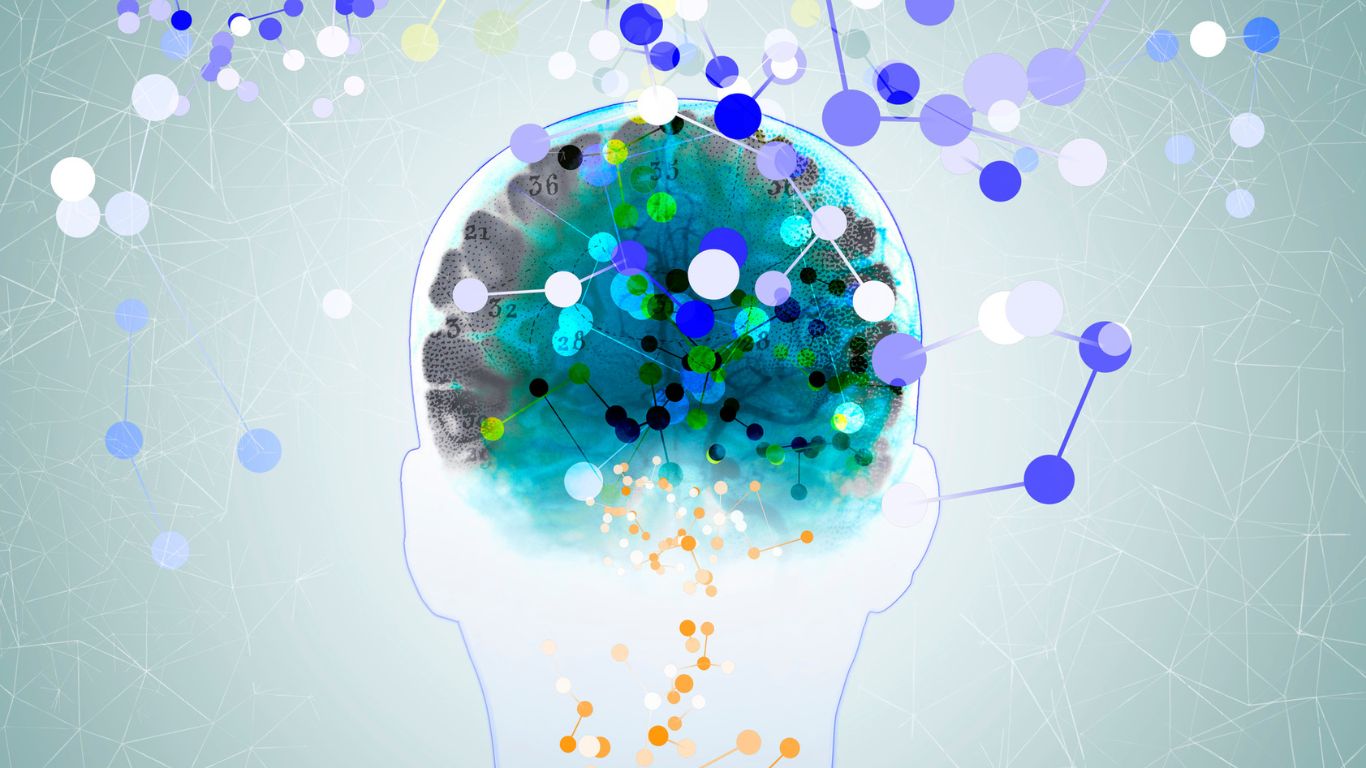It has been known for several centuries that all matter in the universe acts upon all other matter through the force of gravity. The famous story of Isaac Newton “discovering” gravity while sitting under a tree and getting hit with a falling apple is how most of us learn about this topic in school.
But this integral physical force is believed to have existed since the beginning of the universe, over 13 billion years ago.
It is quite interesting how the force of gravity has impacted human evolution and our planet. This physical force, which can’t be directly seen or touched, can affect all matter.
It affects the tides or our oceans, the distance of Earth from the Sun, and the speed at which our planet zooms by in its orbit. Even tiny differences in the gravitational pull could have thrown our planet into a completely different path and changed the course of human history.
In this way, humans are not “lucky” that gravity works a certain way that helped create our climate and an environment conducive to our existence.
Gravity doesn’t exist to serve us and help us survive. Instead, all the physical forces that shaped our universe and our galaxy created a playground in which our earliest molecular ancestors could thrive and eventually developed into a sentient race of beings called ‘homo sapiens’.
Who we are, how we walk, how we look, the atmosphere we breathe; all these things forced us to evolve. In this way, we are all just children of the physical forces that shaped us; the same forces that we are now desperately trying to understand.
Gravity – A Mind of Its Own?
But the implications of human development being intimately influenced by the same forces that hold entire galaxies together are huge. Many people go about their day without giving much thought to the fact that our brains, and consequently our minds, are interwoven with these invisible forces.
Gravity, and closely related forces like magnetism, act upon our minds and bodies in ways that we are only beginning to comprehend. Though our understanding is incomplete, we are fortunate to know enough to say with a certain degree of confidence that our consciousness didn’t simply develop on its own, but is interwoven into the structure of our universe, as an outgrowth of the physical forces that created us.
For example, Jeffrey Keen demonstrated in 2010 that the brain’s perception of the length of a standard yardstick can be impacted by gravity.
What he found was that the test subjects’ perception of the stick’s length varied with the Earth’s position in orbit around the Sun, and hence, slight differences in gravitational pull.
Further, Keen found that his test subjects’ perception of the length of the yard varied predictably, and at a constant rate. The length of the yardstick hadn’t changed, but gravity forced the mind to perceive it differently!
To conclude his peer-reviewed paper on the matter Keen stated; “This is another example of the mind’s ability to interact with gravity and produce a universal constant, suggesting that consciousness is intimately connected to the fabric of the universe and chaos theory.”
To extrapolate this simple experiment further, it seems to suggest that our minds and bodies have a real, perceptible interaction with gravity. And even though this scale may be miniscule, it can affect how we perceive the world around us and the decisions we “decide” to make.
Of course, this notion has been met with much skepticism and derision in the general population. And why shouldn’t it be? Any new idea and theory should be tested extensively.
If logic is the mother of the scientific process, skepticism is the father. But much of this disbelief comes from the average person who applies logic and skepticism selectively, based on the lack of objectivity that comes from our ego.
Our yearning to be special and to think that we are the center of the universe can sometimes blind us to other possibilities, and can lead us to wholeheartedly believe that we are independent entities, separate in every respect from the greater forces in the universe…
Impact on the Brain
We know that differing gravity levels impact our mind’s perception, but what of the brain’s physiological function and structure? Much study has been given to the brains of astronauts, who have lived in near weightlessness for weeks or even months at a time. Interestingly, such studies have found that these astronauts experienced marked changes in their brains and neurology, including idiopathic intracranial hypertension, the condition wherein pressure develops inside the skull.
Prolonged, this condition adversely impacts motor function, perception, and even judgment. (Ever try to make an important decision with a migraine?)
Other conditions resulting from short and long-term exposure to little gravity include expansion of spinal fluid around the eyes, slight flattening of the eyeball, and deregulation of the pituitary gland.
All of these had noticeable alteration of these astronauts’ abilities to accurately perceive and interact with their surroundings, only returning to normal after time spent back in Earth’s gravity.
Of course, the changes in gravitational forces to which they’ve been exposed are significantly greater than the average person experiences on Earth, as our plant moves through orbit.
However, the underlying principles are the same. Gravity changes our bodies and brains, and hence how we perceive the world and the decisions we make.
Gravity and Magnetism
Finally, and possibly the least understood among these phenomena, is the issue of the human skull’s ability to perceive magnetic fields existing within the gravitational spectrum. Since the 1970’s it has been known that magnetically sensitive bones exist within the human nose.
Studies performed at the University of Manchester determined that unaided people were better able to orient themselves to the Polar directions of North, South, East, and West than were test subjects with large magnets strapped to their heads. The team used this to establish some level of magnetoception in humans. This is the same sense that many migratory animals, like birds and whales, seem to exhibit when they effortlessly orient themselves on their journey.
More recent brain imaging studies have determined that there is an unmistakable brain response to strong magnetism, though the mechanism and utility of this function is little understood. Artificial magnetically sensitive “organs” have been shown to increase human magnetoception, but these studies do little to identify the native ability within the human physiology.
What is Truly Human?
The human mind and body cannot be considered apart from the endless complexity of energy transfer in the universe, with gravity being one of the forces intricately involved in the process.
The findings regarding the changes in astronauts’ bodies and brains demonstrate that our physical brain matter and our minds have evolved to function correctly only within Earth’s unique gravitational parameters. But this raises another question “what does it mean to be human?” Think, for example, what will happen when we colonize other planets and our offspring are raised in a slightly different gravitational force? Will they think like us? Will they have the same emotions? Will they really be human in the full sense of the word?
The brain’s degradation is a strong hazard to consider alongside the bones’ tendency to lose density when not buoyed by Earth’s gravity. Some sort of artificial gravity, shorter duration of space travel, or some as yet unknown solution are the hope for humanity, as we continue to seek habitation outside of the gravitation of our planet’s atmosphere.
Without taking gravity’s impact on our bodies and minds into account, we’ll never truly expand humanity into the universe. Our values and our ideals could very well perish when we leave Earth’s atmosphere and the comfort of the familiar gravitational pull that has cradled and raised our collective consciousness and beliefs, much like the loving arms of parent raising a child.





Leave a Reply